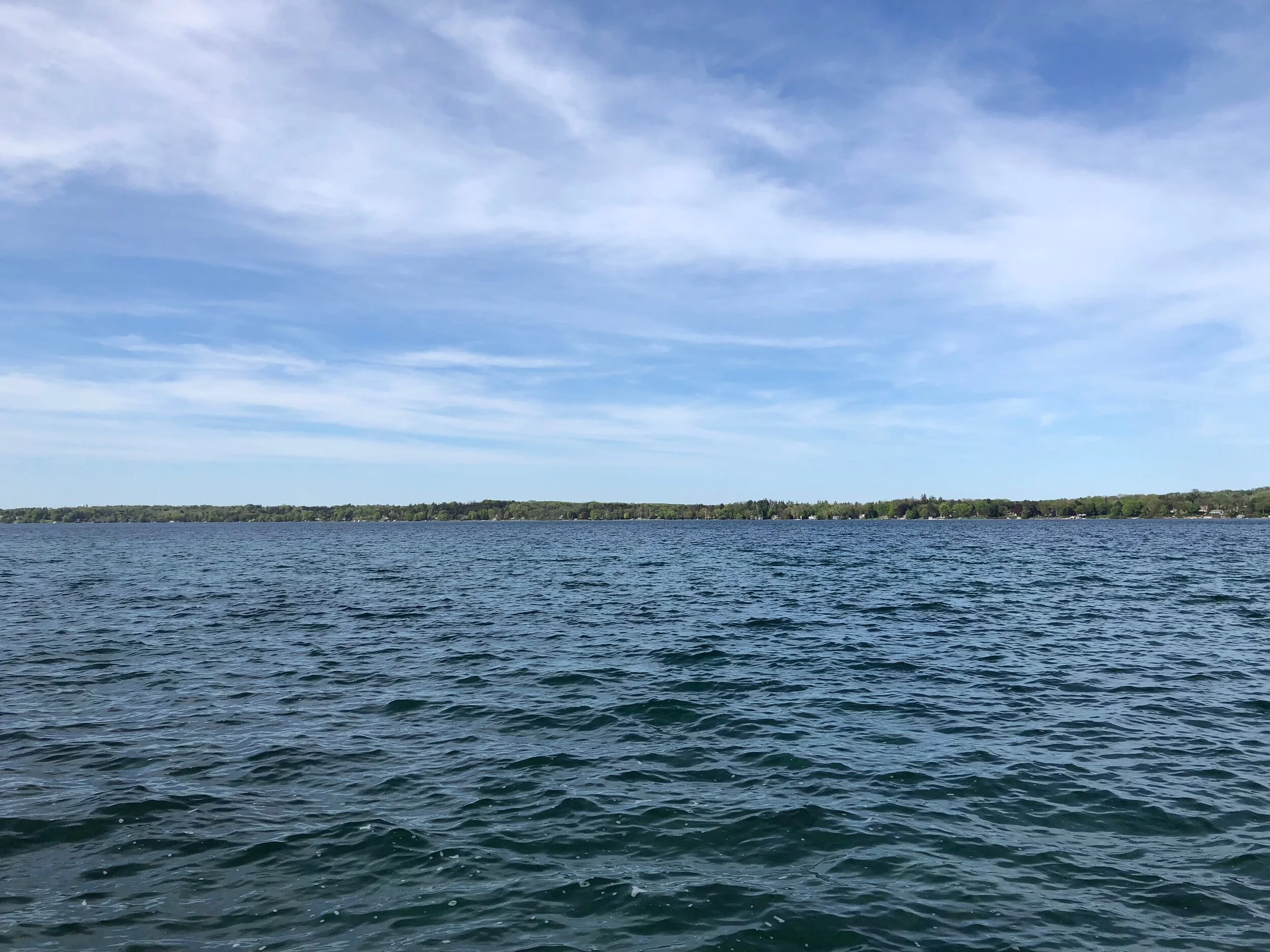What plans are in place to ensure sustained quality drinking water for the communities served by Skaneateles Lake?
The City of Syracuse collects water quality data in support of continuous efforts to ensure and enhance water quality.
What is the difference between City of Syracuse water and OCWA?
The City of Syracuse uses Skaneateles Lake as the water supply for Syracuse, Skaneateles, Jordan and Elbridge. OCWA is a separate entity that uses Lake Ontario and Otisco Lake water supplies to serve areas in Onondaga, Oswego, Madison, Oneida and Cayuga Counties.
What is phosphorus and how does it impact water quality?
Phosphorus is an important nutrient that both plants and animals (including humans) need to survive! However, too much phosphorus can cause problems. For example, high amounts of phosphorus can cause increased growth of algae and large aquatic plants, which can result in decreased levels of dissolved oxygen– a process called eutrophication. Read more about phosphorus in our Phosphorus FAQ factsheet.
What is turbidity?
Turbidity is a measurement of water clarity. Higher water turbidity is caused by higher levels of particles in the water.
I would like to get my water tested. How can I do that?
If you are connected to municipal water, your water is already being tested. However, if you have well water and would like to get it tested for coliform bacteria or other contaminants, you can find a certified laboratory that tests potable water by visiting the New York State Department of Health Environmental Laboratory Approval Program page.
I am looking to build in the Skaneateles Lake watershed. What regulations do I need to follow?
There are several different permits and regulations you may have to comply with depending on the type of construction. For more information on specific requirements, visit our page on Soil and Erosion Plans or check out the Skaneateles Lake Watershed Rules and Regulations. You should also contact your local municipality and the City of Syracuse. Phone numbers for all watershed municipalities and the City of Syracuse are available on our Contact page.
How can I help protect Skaneateles Lake water quality?
Good news! There are many things homeowners can do to protect water quality in Skaneateles Lake. Visit our page called How can I help? to learn about a few actions you can take!
What is the white foam that I see on the lake?
While lake foam may seem alarming, it is usually harmless and is actually created by a natural process. Water foams are caused by surfactants, which are compounds that lower the surface tension (attraction of surface molecules for each other) of water. This allows wind to trap air bubbles in the water. Organic particles (like algae and plants) that are in the water column get trapped in these air bubbles, too. This then causes the foam you see on the lake, which is not a concern for swimming or drinking water.
Some years there may be more foam than usual, and other years you may barely notice it. The different yearly conditions (weather, seasonal change, and number of organisms in the lake) contributes to the yearly fluctuations in lake foam. For example, as temperatures drop and seasonal aquatic life dies, organic matter from their decomposition becomes suspended in the water, which can contribute to the amount of foam you see.
If the foam were caused by man-made products (like detergents, soaps, shampoos, etc.), the foam would look pinkish and have a perfume smell. It also would only be present for a few minutes before it degraded, as the suds-producing agents in detergents must now be biodegradable. Years ago, the Skaneateles Lake Association had a sample of the foam tested in a toxicology lab and the results showed only natural organic compounds - no man-made chemicals were present.
For more information, check out the Winter 2014 Skaneateles WAVE Review Newsletter article on lake foam or fact sheet on lake foam by the New Hampshire Department of Environmental Services.
Lake foam on Skaneateles Lake
I see a yellow film on the lake’s surface. Is that a HAB or just pollen?
In spring and early summer, pollen from trees may appear as a yellow film on the lake’s surface. See photo on the right of pollen on the lake. Visit our page on Harmful Algal Blooms (HABs) for more information on identifying HABs.
I’m seeing a lot of dead fish around the lake. Do I need to be concerned?
Many of the fish kills in the summer are caused by low concentrations of dissolved oxygen in the water. Dissolved oxygen is the amount of oxygen that is dissolved in the water - this tells how much is available to the aquatic organisms in a lake. Fish need oxygen to survive and get theirs from dissolved oxygen in the lake. Cold water holds more dissolved oxygen, so in the summer as the water warms, fish can have a hard time getting enough oxygen. Other organisms growing in the lake in the summer, like algae, also use oxygen. During the day, algae produces oxygen (photosynthesis), but at night stops producing oxygen, but is still respiring - this uses up oxygen. On especially warm summer nights, dissolved oxygen concentrations can drop too low for fish to survive and a die-off may occur. While this can be completely natural, humans can have an impact on this by adding nutrients, like nitrogen and phosphorus, to the lake. More nutrients can speed up algae growth and reduce the amount of dissolved oxygen in the lake.
Read more from the US Geological Survey about fish kills. Read more about how you can help protect water quality and reduce human-caused nutrient loading to the lake.
Fish kills in the spring can happen after particularly cold, snowy winters where heavy snowpack over thick ice prevents sunlight from reaching aquatic plants. This reduces the ability of the aquatic plants to produce oxygen that fish need to survive. This happens more in shallow bodies of water.




